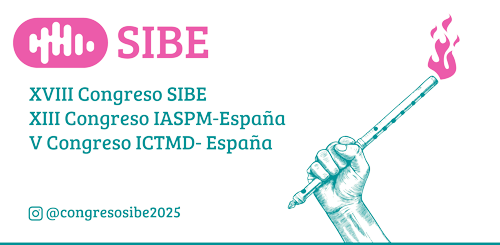Hip-hop is a globally recognised movement and billion-dollar industry. Its music, rap, has frequently constituted a means of cultural resistance to oppression and critique towards societal discrimination. Simultaneously, rap has also faced significant censorship and criminalisation. In the United States (U.S.) and England and Wales (E.W.), rap songs are even used as legal evidence against artists, with their violent themes being misrepresented as the root cause of actual violence.
'Musicriminology' scholars have explored the racial, class, and gender dynamics behind the targeting of rappers. While content analyses of rap have identified themes of murder, violence, intimidation, gang, gun and drugs, scholars have put these in a greater context highlighting symbolism and socio-cultural significance. On the other hand, legal authorities have focused on violence and weaponry in a far more literal sense, construing it as a threat, and so have the sensationalised media stories.
While the literature has focused on rap, this paper will conduct a comparative case study analysis of rap with pop music. Using ethnographic content analysis, it will examine the content of two rap songs admitted as evidence in trials. It will also compare them to an analysis of two pop songs' violent content involved in minor censorship. The comparison will highlight that violent themes are present in pop but do not typically lead to court cases or heavy censorship.
By demonstrating that similar levels of violent themes can appear in pop but without the same legal repercussions, the paper will argue that the criminalisation of rap music reflects biases related to the demographics and culture of its artists. Through an intersectional lens, it will challenge views supporting rap's criminalisation while advocating for the protection of artistic expression and the importance of allowing oppositional voices to be heard to create social change.
- Poster

 PDF version
PDF version

